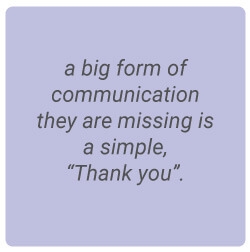
Be the Best Virtual Manager
January 25, 2021
|
Erika Rahman

The Problems: Micromanaged and Lonely

The Solution: Leadership
About the Author

Erika Rahman is a Product Marketing and Content Specialist at Motivosity. She studied marketing and business management at Utah Valley University. Erika has a broad background—from optometry to trade school administration—giving her a love and understanding for people across industries. She grew up in Northern California and Colorado, and currently calls the Utah slopes home.
Learn More
Learn More






